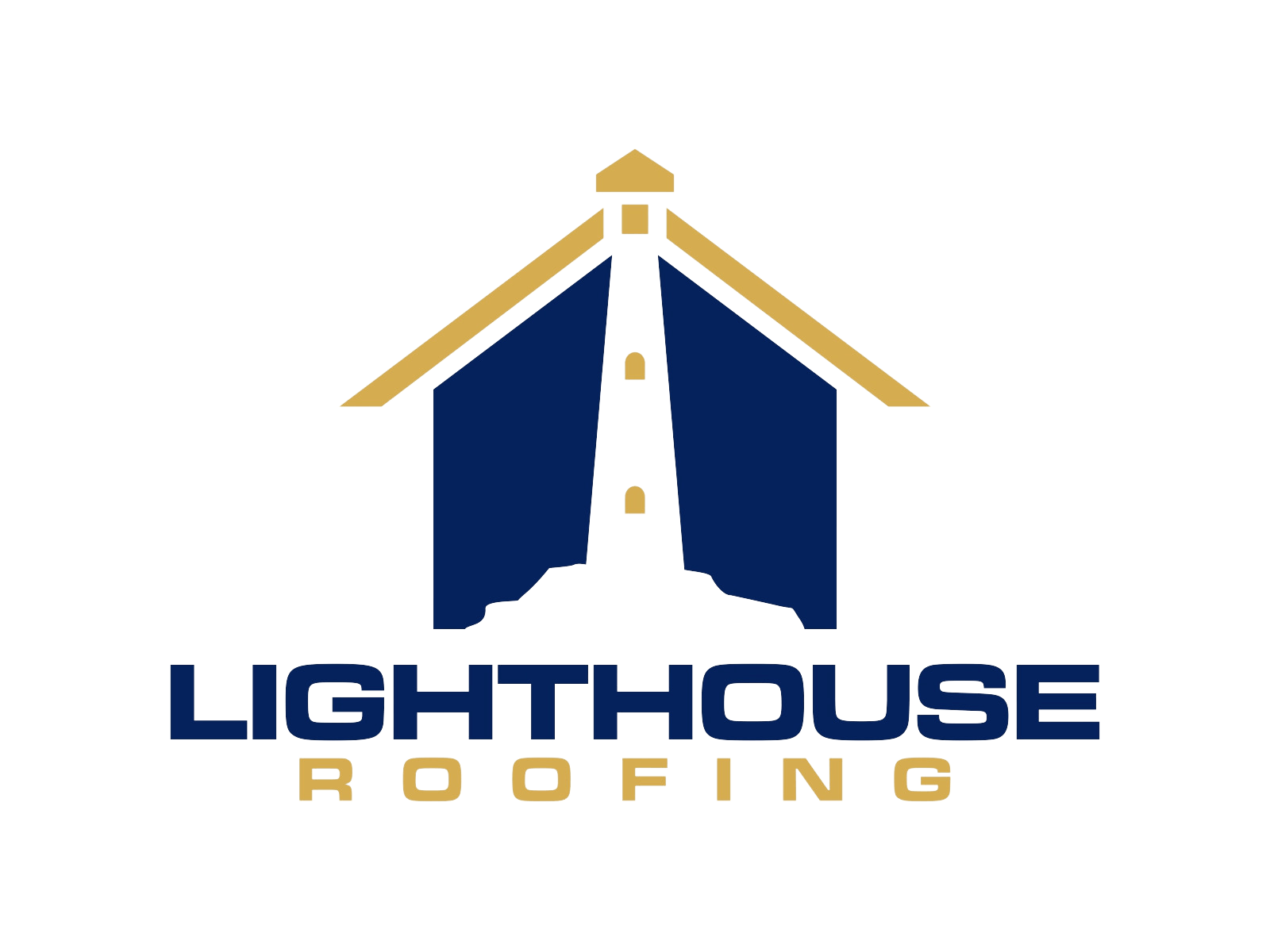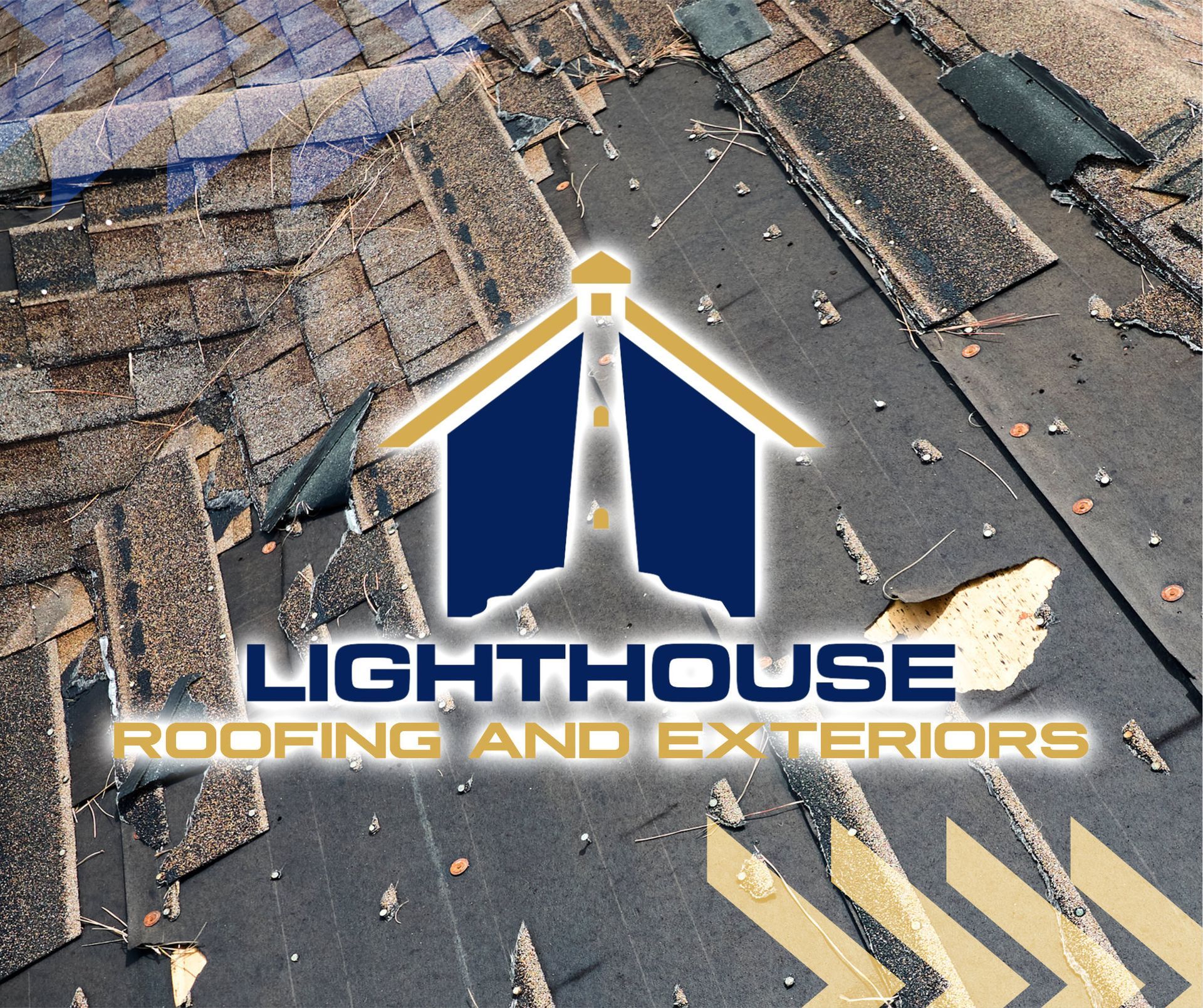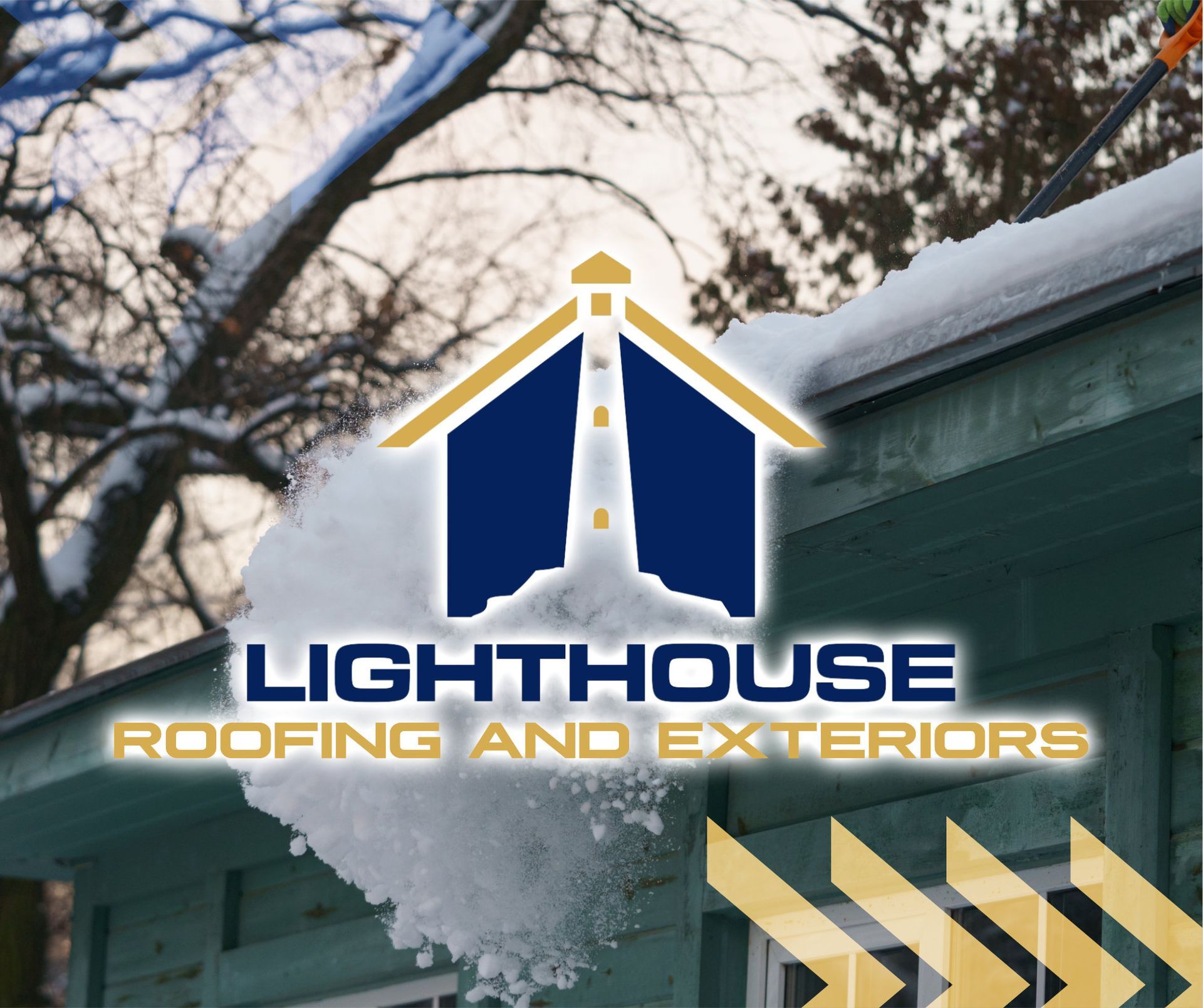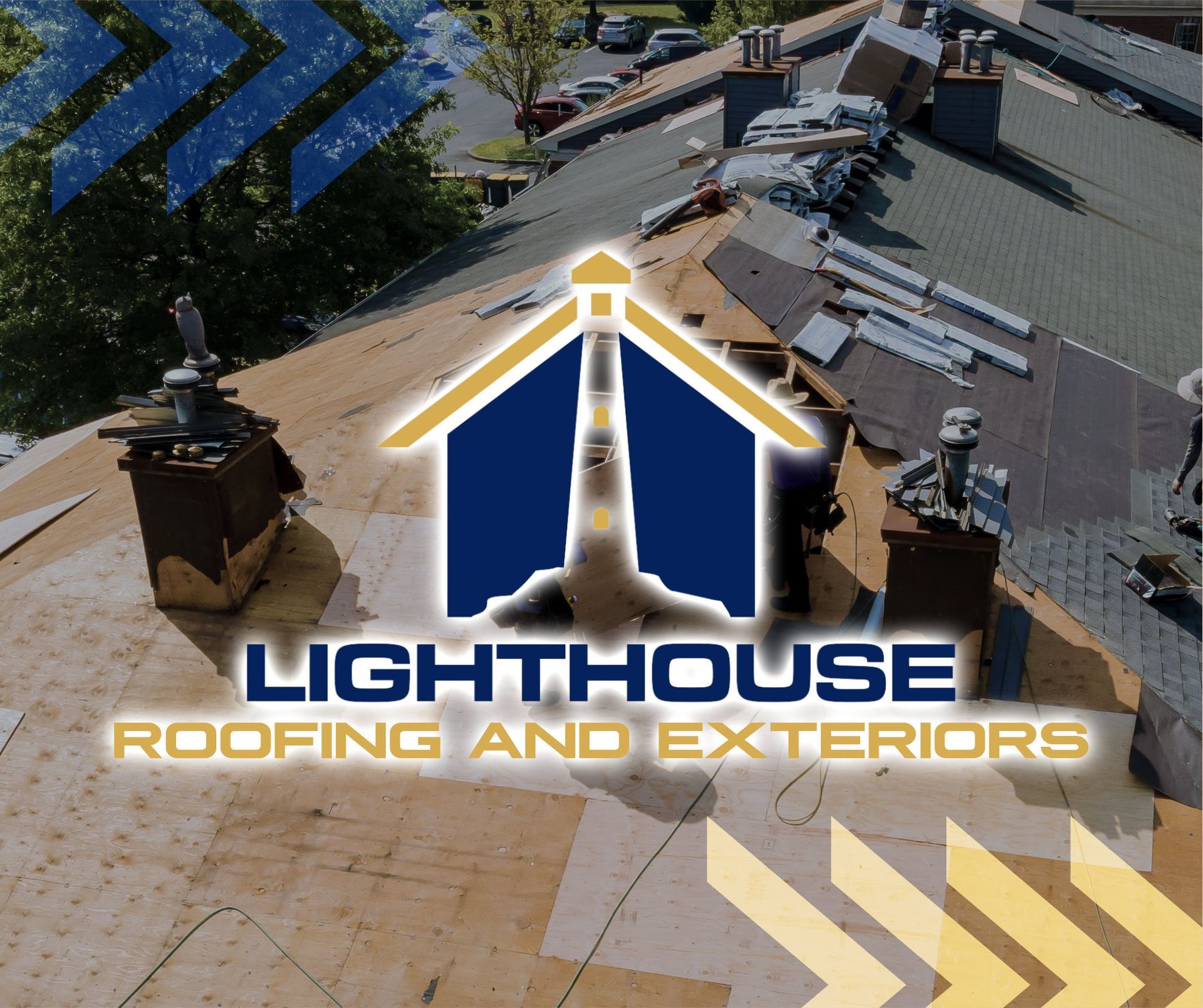
Embarking on a new construction roofing project in Nashville? Whether you're building your dream home or investing in property development, choosing the right roof is crucial. At Lighthouse Roofing, we specialize in residential roofing in Brentwood, TN, and offer free roof inspections to homeowners in Middle Tennessee, to ensure your new home is protected from the top down.
1. Choose the Right Roofing Material for Tennessee's Climate
Tennessee's weather can be unpredictable, with hot summers, occasional snow, and frequent storms. Selecting the appropriate roofing material is crucial:
Architectural Shingles: These are a popular choice due to their affordability and durability, typically lasting 20-30 years.
Metal Roofing: Known for its longevity (up to 50 years) and energy efficiency, metal roofing reflects solar heat, helping to keep your home cooler during those hot Tennessee summers.
Clay or Concrete Tiles: These materials offer excellent durability and are resistant to fire and rot, though they may require additional structural support due to their weight.
Consider your budget, aesthetic preferences, and long-term maintenance when making your selection.
2. Ensure Compliance with Local Building Codes
Nashville and surrounding areas have specific building codes to ensure safety and structural integrity. For instance:
Crickets and Saddles: If your roof includes a chimney wider than 30 inches, a cricket or saddle must be installed to divert water and prevent leaks.
Manufacturer's Installation Instructions: Roofing materials must be installed according to the manufacturer's guidelines to ensure warranty validity and performance.
Working with a knowledgeable contractor familiar with local codes is essential to avoid costly mistakes.
3. Prioritize Proper Ventilation and Insulation
A well-ventilated and insulated roof extends its lifespan and improves energy efficiency. Proper ventilation prevents moisture buildup, reducing the risk of mold and rot, while insulation helps maintain indoor temperatures, lowering heating and cooling costs.
4. Schedule Regular Roof Inspections
Even new roofs benefit from regular inspections. Scheduling a professional inspection after installation and periodically thereafter can identify potential issues early, saving you money in the long run.
5. Choose a Reputable Roofing Contractor
Selecting the right contractor is as important as choosing the right materials. Look for licensed, insured, and experienced professionals with positive reviews and a portfolio of completed projects. A reputable contractor will provide warranties and stand by their work.
Ready to start your roofing project? At Lighthouse Roofing, we specialize in new construction roofing tailored to the unique needs of Middle Tennessee homeowners. Contact us today for a free consultation and let us help you build a roof that stands the test of time.
Additional Resources:

Flat roofs are a popular choice for both residential and commercial buildings due to their modern aesthetic and space-saving design. However, like any roofing system, they come with their own set of advantages and challenges. In this guide, we'll explore the pros and cons of flat roofing systems and provide essential maintenance tips to ensure their longevity.
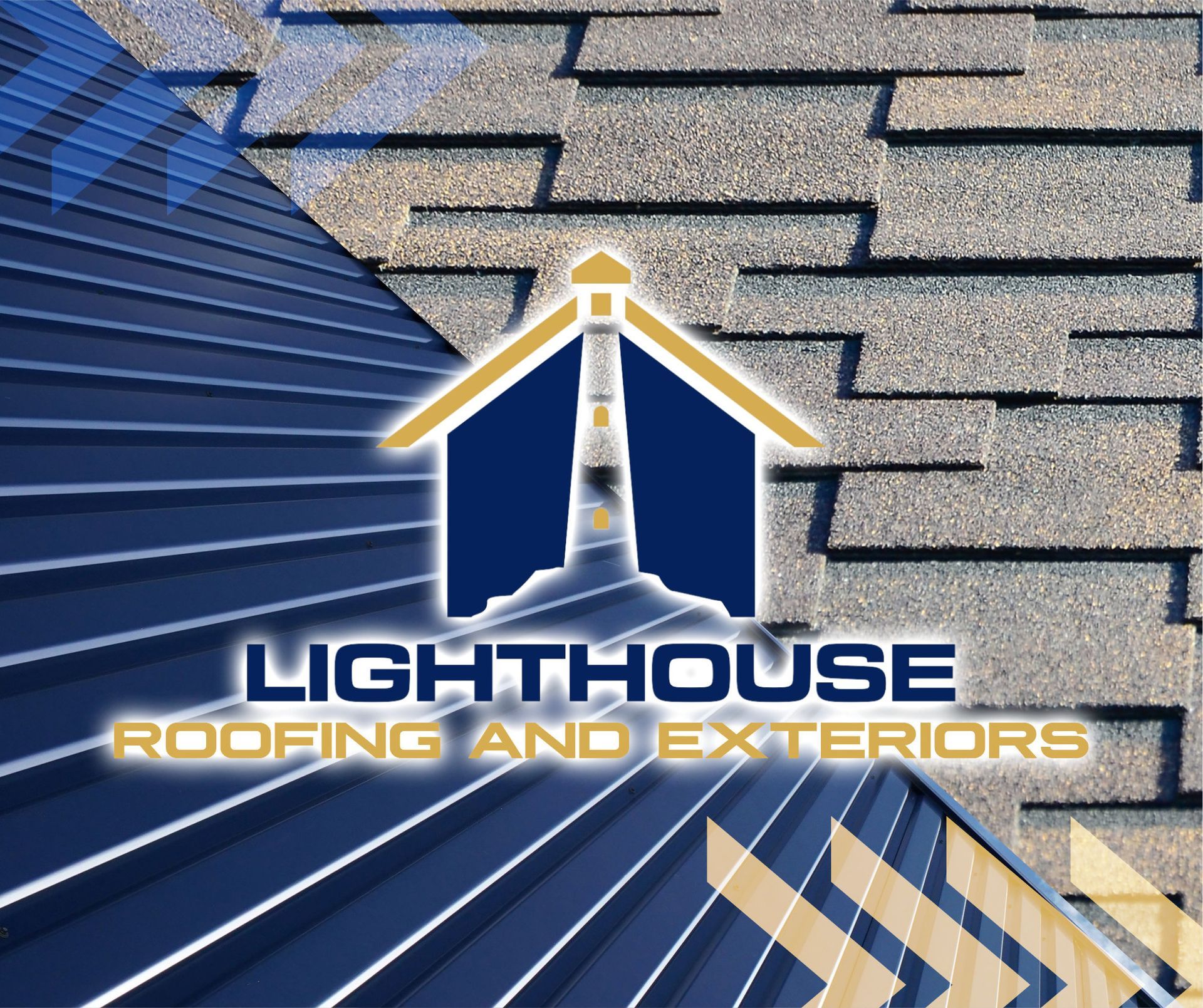
When it comes to selecting the ideal roofing material for your home, the decision often narrows down to two popular options: metal roofing and asphalt shingles. While metal roofs have their merits, this article focuses on the advantages of asphalt shingles, especially considering the significant improvements in their durability over the years.
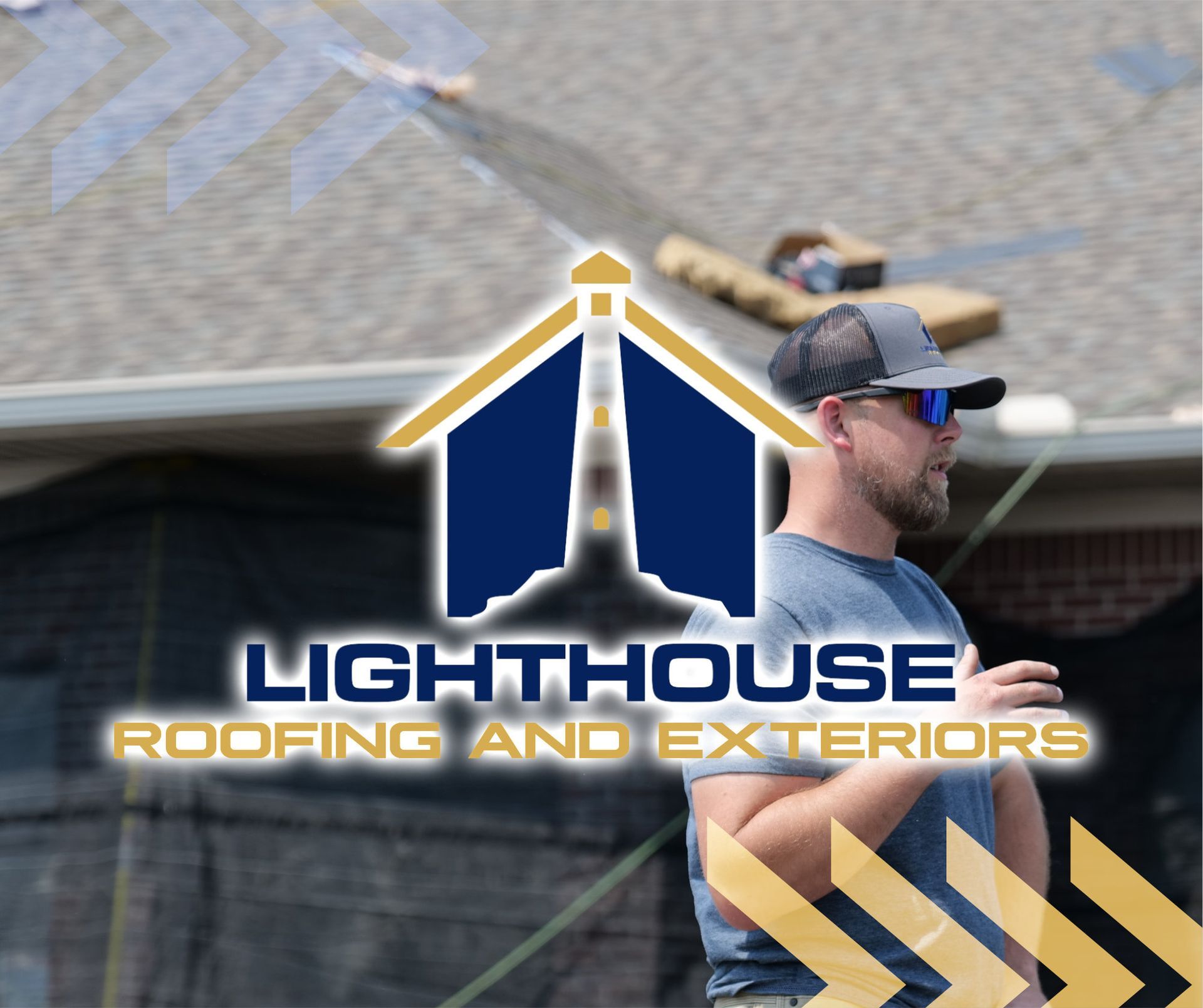
How to Choose a Trustworthy Roofing Contractor Your roof is one of the most important investments in your home, protecting you and your family from the elements. When it's time for a repair or replacement, choosing the right roofing contractor is crucial. A reputable contractor ensures quality work, fair pricing, and long-term reliability, while the wrong choice can lead to costly mistakes and frustration. Here’s how to find a trustworthy roofing contractor who will get the job done right. Verify Licensing and Insurance A professional roofing contractor should be fully licensed and insured to operate in your area. This protects both you and the contractor in case of accidents or damage during the project. What to check for: A valid business license in your state. Liability insurance to cover property damage. Worker’s compensation insurance to protect workers on your property. Pro Tip: Ask for proof of insurance and verify it with the provider. A reputable contractor will have no problem supplying these documents. Look for Local Experience A contractor with local experience understands the specific weather conditions and roofing needs of your area. They will also be familiar with local building codes and regulations. Why choose a local roofer? Faster response times for emergencies. Knowledge of the best materials for your climate. A reputation you can verify with local references. Pro Tip: Avoid "storm chasers"—contractors who show up after major weather events, do subpar work, and disappear before warranty issues arise. Check Online Reviews and References Customer feedback is a powerful tool for evaluating a roofing contractor. Look for consistent positive reviews and a strong reputation in the community. Where to check reviews: Google My Business Better Business Bureau (BBB) Yelp, Facebook, or Angi Pro Tip: Ask the contractor for 3–5 references from recent jobs. Call these homeowners and ask about their experience, quality of work, and whether they would hire the contractor again. Get a Detailed, Written Estimate A trustworthy roofing contractor will provide a clear, itemized estimate before work begins. This prevents unexpected costs and ensures transparency. What your estimate should include: Cost of materials and labor. Project timeline and completion date. Payment terms and schedule. Warranty details on materials and workmanship. Pro Tip: Be wary of contractors who demand full payment upfront or offer unusually low estimates—it could be a sign of low-quality work or a scam. Understand the Warranty Coverage A solid roofing contractor should stand behind their work with a written warranty . Types of warranties to look for: Manufacturer’s Warranty – Covers defects in roofing materials. Workmanship Warranty – Covers installation errors and labor. Pro Tip: Ask how long the contractor has been in business. A 25-year warranty won’t mean much if the company disappears in five years. Ask About Communication and Project Management Clear communication is key to a smooth roofing project. Your contractor should be responsive, answer questions, and provide regular updates. Questions to ask: Who will be my main point of contact? How will you handle unexpected issues or changes? What is your process for cleanup after the project? Pro Tip: A professional contractor will walk you through the process, keep you informed, and ensure your property is clean when the job is done. Watch for Red Flags Avoid contractors who exhibit the following warning signs: 🚩 High-pressure sales tactics. 🚩 No physical business address. 🚩 Unclear or vague contracts. 🚩 Lack of references or verifiable reviews. 🚩 Unwillingness to provide proof of insurance or licensing. Pro Tip: Trust your instincts. If something feels off, get a second opinion before committing. Choosing a trustworthy roofing contractor doesn’t have to be stressful. By following these steps, you can confidently hire a professional who will protect your home with quality workmanship. At Lighthouse Roofing and Exteriors , we are proud to serve Middle Tennessee with honesty, integrity, and expert craftsmanship . We are licensed, insured, and backed by years of experience in roofing and exterior services. Need a free roof inspection? Contact us today and let’s get started! 🏡🔨 Would you like an infographic or social media caption to go along with this blog post? Let me know!
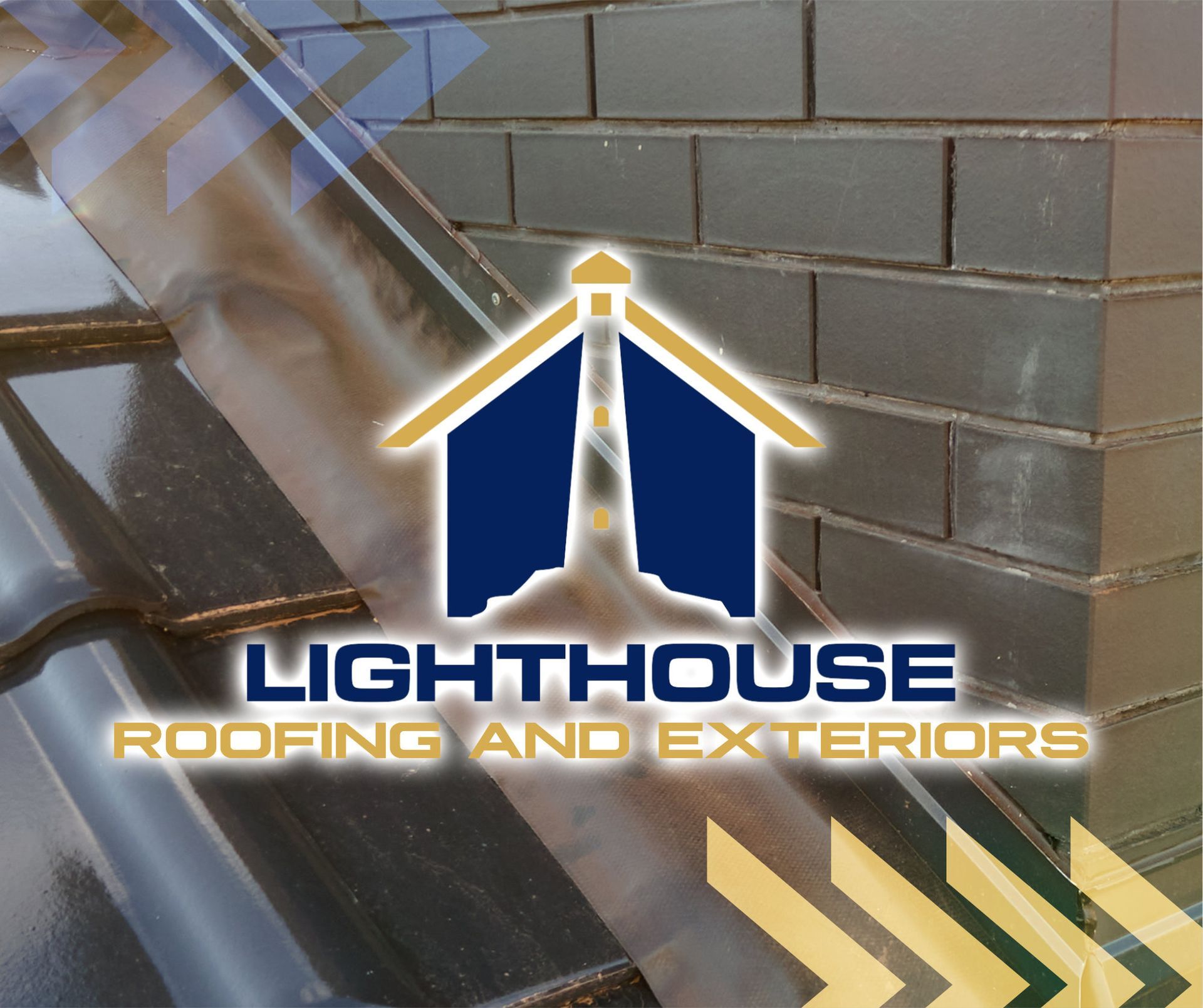
The Role of Flashing in Keeping Your Roof Leak-Free When it comes to protecting your home from water damage, your roof plays the starring role. But behind the scenes, one unsung hero works tirelessly to ensure your roof stays leak-free: flashing . While it might not be as visible or well-known as shingles or gutters, flashing is a critical component in your roof’s defense system. Here’s what you need to know about flashing, why it’s essential, and how to ensure it remains in top shape. What Is Roof Flashing? Roof flashing is a thin, weather-resistant material—typically made of aluminum, steel, or copper—that is installed at vulnerable areas of your roof to redirect water away from key structures. Flashing is strategically placed around: Chimneys Skylights Vents and pipes Roof valleys Edges and corners Its primary job? To create a watertight seal and prevent water from seeping into your roof’s underlayment, where it can cause leaks and long-term damage. Why Is Flashing So Important? Prevents Water Damage Without proper flashing, water can find its way into the smallest cracks and gaps, leading to leaks, mold, and wood rot. Over time, this can weaken your home’s structural integrity and result in costly repairs. Protects Roof Valleys Roof valleys are particularly vulnerable because they handle large volumes of water runoff. Flashing ensures that water flows smoothly off your roof instead of pooling or penetrating the surface. Extends Roof Lifespan By keeping water out of critical areas, flashing helps preserve the overall health of your roof, extending its lifespan and reducing the need for frequent repairs. Enhances Energy Efficiency Leaky roofs allow moisture to enter your attic, potentially leading to insulation damage. Proper flashing helps maintain a sealed environment, which improves energy efficiency and lowers heating and cooling costs. Types of Roof Flashing Different types of flashing are used for various parts of the roof. Here’s a quick breakdown: Step Flashing : Installed in roof valleys and along roof-to-wall intersections. Counter Flashing : Works in tandem with step flashing to seal areas around chimneys and walls. Drip Edge Flashing : Placed along the roof’s edges to guide water into the gutters. Vent Pipe Flashing : Encircles roof penetrations like plumbing vents and pipes. Skylight Flashing : Seals the edges of skylights to prevent leaks around the opening. Signs Your Flashing Needs Attention Flashing is designed to last, but like any roofing component, it can deteriorate over time. Watch out for these warning signs: Rust or corrosion : Metal flashing can rust when exposed to the elements for extended periods. Cracks or gaps : Damage to the flashing can allow water to seep through. Loose or missing pieces : High winds, storms, or improper installation can dislodge flashing. Stains or leaks inside your home : Water stains on ceilings or walls are often a sign of flashing failure. How to Maintain and Repair Roof Flashing Regular Inspections Inspect your flashing at least twice a year—once in the spring and once in the fall—or after major storms. Pay close attention to areas around chimneys, skylights, and roof valleys. Seal Small Gaps If you notice small cracks or gaps, apply roofing caulk or sealant as a temporary fix. Replace Damaged Flashing For significant damage, it’s best to replace the flashing entirely. Professional roofers can ensure proper installation to avoid future issues. Ensure Proper Installation Poorly installed flashing is one of the leading causes of roof leaks. Always hire experienced roofing professionals to handle flashing installation and repairs. Why Choose Lighthouse Roofing and Exteriors? At Lighthouse Roofing and Exteriors , we know that even the smallest details can make a big difference in keeping your roof leak-free. Our team specializes in identifying and repairing flashing issues, ensuring your roof stays strong and watertight. If you’re concerned about your roof’s flashing or have noticed signs of a potential leak, don’t wait for the damage to worsen. Contact us today for a comprehensive roof inspection and expert repair services.
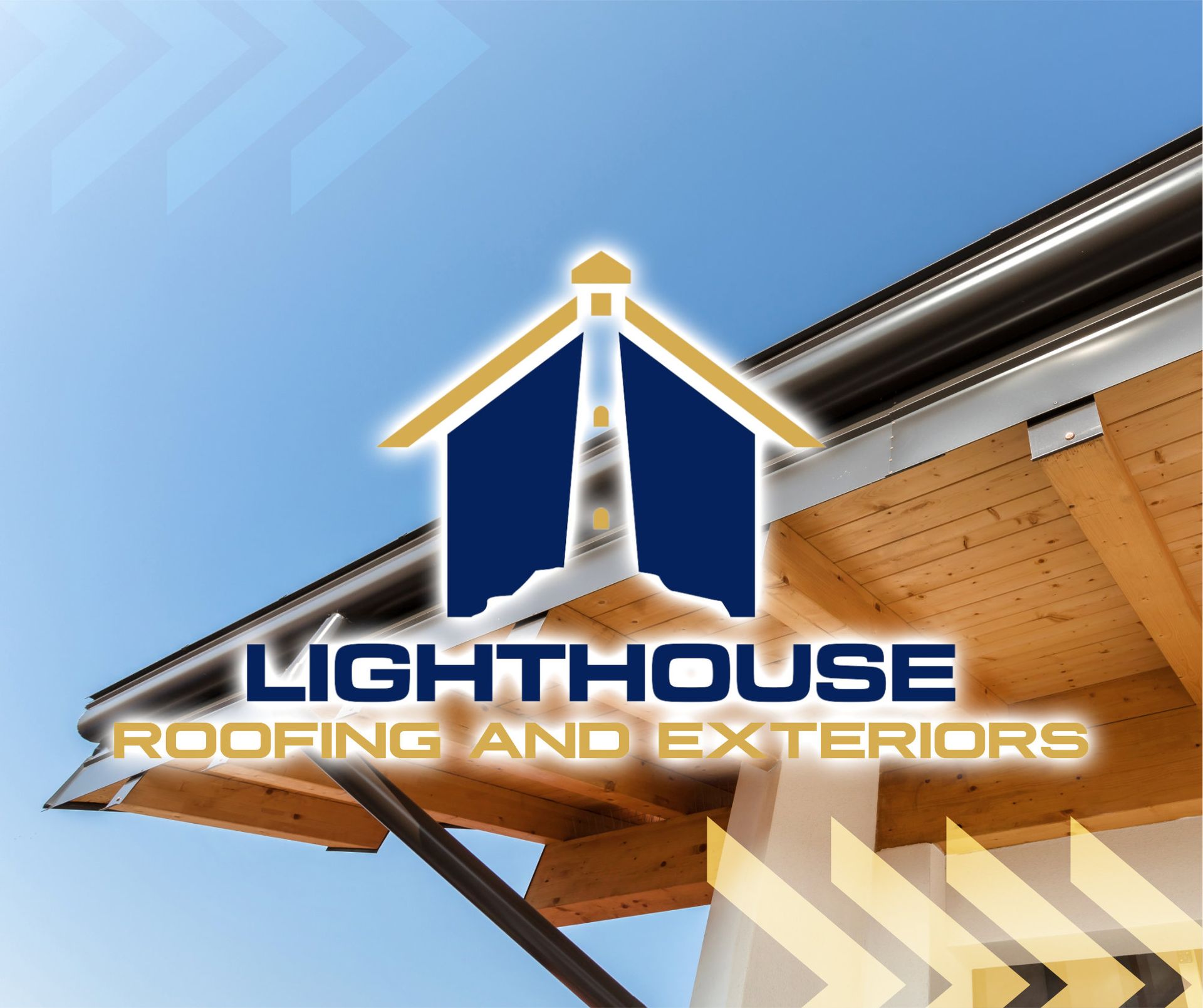
The Hidden Costs of Ignoring Gutter Maintenance Gutters play a crucial role in protecting your home from water damage by directing rainwater away from your roof, foundation, and landscaping. Yet, they are often overlooked when it comes to routine home maintenance. Neglecting your gutters may seem like a harmless oversight, but it can lead to costly consequences. Let’s dive into the hidden costs of ignoring gutter maintenance and why it’s essential to keep them in good shape. Foundation Damage When gutters become clogged with debris like leaves, twigs, and dirt, they can no longer efficiently channel water away from your home. Instead, water can overflow and pool around your foundation. Over time, this can lead to: Cracks in your foundation : Excess water weakens the soil beneath your home, causing it to shift and crack. Basement flooding : Water seeping through foundation cracks can result in a wet or flooded basement, costing thousands of dollars in repairs. Roof Damage Clogged gutters can cause water to back up onto your roof, leading to: Roof leaks : Stagnant water seeps into shingles and underlayment, creating leaks that damage your home’s interior. Ice dams in winter : In colder months, clogged gutters increase the risk of ice dams, which can lift shingles and cause further damage. Ignoring these issues can result in roof repair costs ranging from $500 to $5,000 or more, depending on the extent of the damage. Siding and Exterior Damage Overflowing gutters can damage your home’s exterior by allowing water to: Stain siding : Water dripping down the side of your house can leave unsightly stains and streaks. Cause wood rot : Excess moisture can lead to rotting fascia boards, soffits, and other wooden elements. These repairs are not only costly but can also detract from your home’s curb appeal. Pest Infestations Clogged gutters filled with standing water create the perfect breeding ground for pests, such as: Mosquitoes, which can spread diseases like West Nile Virus. Rodents and birds, which can make nests in the debris and potentially find their way into your home. Dealing with a pest infestation can result in exterminator fees and damage to your property. Landscape Erosion When gutters overflow, they can wash away soil and mulch, damaging your landscaping. The costs of repairing erosion, replacing plants, and re-mulching your yard can quickly add up, not to mention the time and effort required to restore your outdoor spaces. Decreased Home Value A home with visible water damage, foundation cracks, or a sagging roof sends red flags to potential buyers. Neglecting gutter maintenance can reduce your home’s resale value and make it harder to sell when the time comes. How to Avoid These Costs The good news is that gutter maintenance is a simple and cost-effective way to prevent these hidden expenses. Here’s how: Clean gutters regularly : Aim to clean your gutters at least twice a year—once in the spring and once in the fall. Install gutter guards : These devices can help minimize debris buildup, reducing the need for frequent cleaning. Inspect for damage : Check for leaks, sagging, or other issues during routine maintenance. Hire professionals : If you’re unsure how to clean or repair your gutters, a professional service can handle the job safely and efficiently. At Lighthouse Roofing and Exteriors , we understand the importance of maintaining every aspect of your home. From gutters to roofing, our expert team is here to help you safeguard your property. Contact us today for a consultation or to schedule your gutter maintenance service.
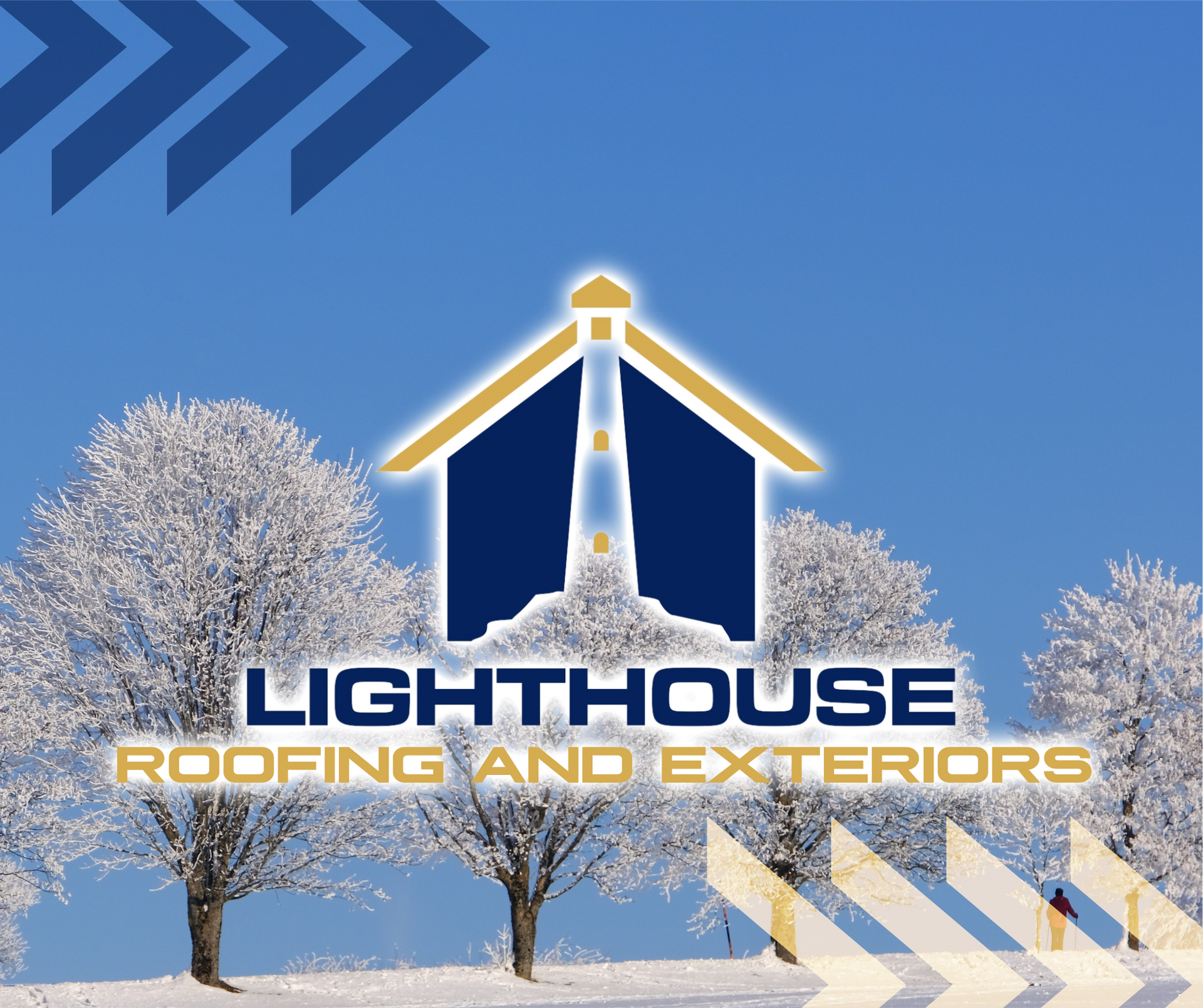
Winter Home Maintenance Checklist for Middle Tennessee Winter is here, and in Middle Tennessee, that means cold nights, frosty mornings, and the occasional snowstorm. To ensure your home is ready to handle the season’s chill, here’s a comprehensive winter home maintenance checklist. Taking these steps now can save you from costly repairs and keep your family warm and safe all season long. 1. Inspect and Prepare Your Roof Your roof is your home’s first line of defense against winter weather. Ensure it’s up to the task: Check for missing, loose, or damaged shingles. Clear debris from your roof and gutters. Look for signs of sagging or leaks in your attic. Consider scheduling a professional inspection to catch any hidden issues. 2. Clean and Secure Gutters Clogged gutters can lead to ice dams, which can cause significant damage to your roof and home. Remove leaves and debris from your gutters. Ensure downspouts direct water at least 10 feet away from your foundation. Install gutter guards for added protection. 3. Seal Drafts and Insulate Keep the cold air out and the warm air in by sealing and insulating your home: Use weatherstripping around doors and windows. Seal gaps in your attic and basement to prevent heat loss. Add insulation where needed to keep your home energy-efficient. 4. Check Your HVAC System Your heating system is working overtime during the winter. Make sure it’s up to the challenge: Replace your air filters monthly. Schedule a professional HVAC inspection and tune-up. Check your thermostat settings and consider upgrading to a programmable thermostat for energy savings. 5. Protect Your Pipes Frozen pipes can cause major water damage. Take these precautions: Wrap exposed pipes with insulation or heat tape. Disconnect and drain garden hoses. Let faucets drip on particularly cold nights to prevent freezing. 6. Inspect Exterior Walkways and Driveways Snow and ice can make outdoor surfaces hazardous. Fill any cracks in your driveway or walkways to prevent further damage. Keep salt or sand on hand to improve traction during icy conditions. 7. Test Smoke and Carbon Monoxide Detectors Winter means more time indoors with heating systems running. Ensure your family’s safety by: Testing all smoke and carbon monoxide detectors. Replacing batteries if needed. Installing detectors on every level of your home. 8. Stock Up on Winter Essentials Be prepared for winter storms and power outages by having: A reliable snow shovel and ice scraper. Backup power sources like a generator or battery packs. Emergency supplies, including flashlights, blankets, and non-perishable food. 9. Inspect Your Chimney and Fireplace If you have a fireplace, make sure it’s safe and efficient: Schedule a chimney cleaning to remove creosote buildup. Check for cracks or damage in the chimney structure. Ensure the damper opens and closes properly. 10. Call Lighthouse Roofing and Exteriors for Help Winterizing your home can be a big job, but you don’t have to do it alone. At Lighthouse Roofing and Exteriors, we’re here to help you protect your biggest investment—your home. From roof inspections to gutter maintenance, we’ve got you covered. Contact us today to schedule your winter maintenance services! Stay Warm and Safe This Winter! By following this checklist, you’ll be prepared for whatever winter throws your way. Remember, a little preparation now can go a long way in preventing costly repairs later. Reach out to Lighthouse Roofing and Exteriors for all your roofing and home exterior needs. Together, we’ll keep your home safe, warm, and ready for winter!
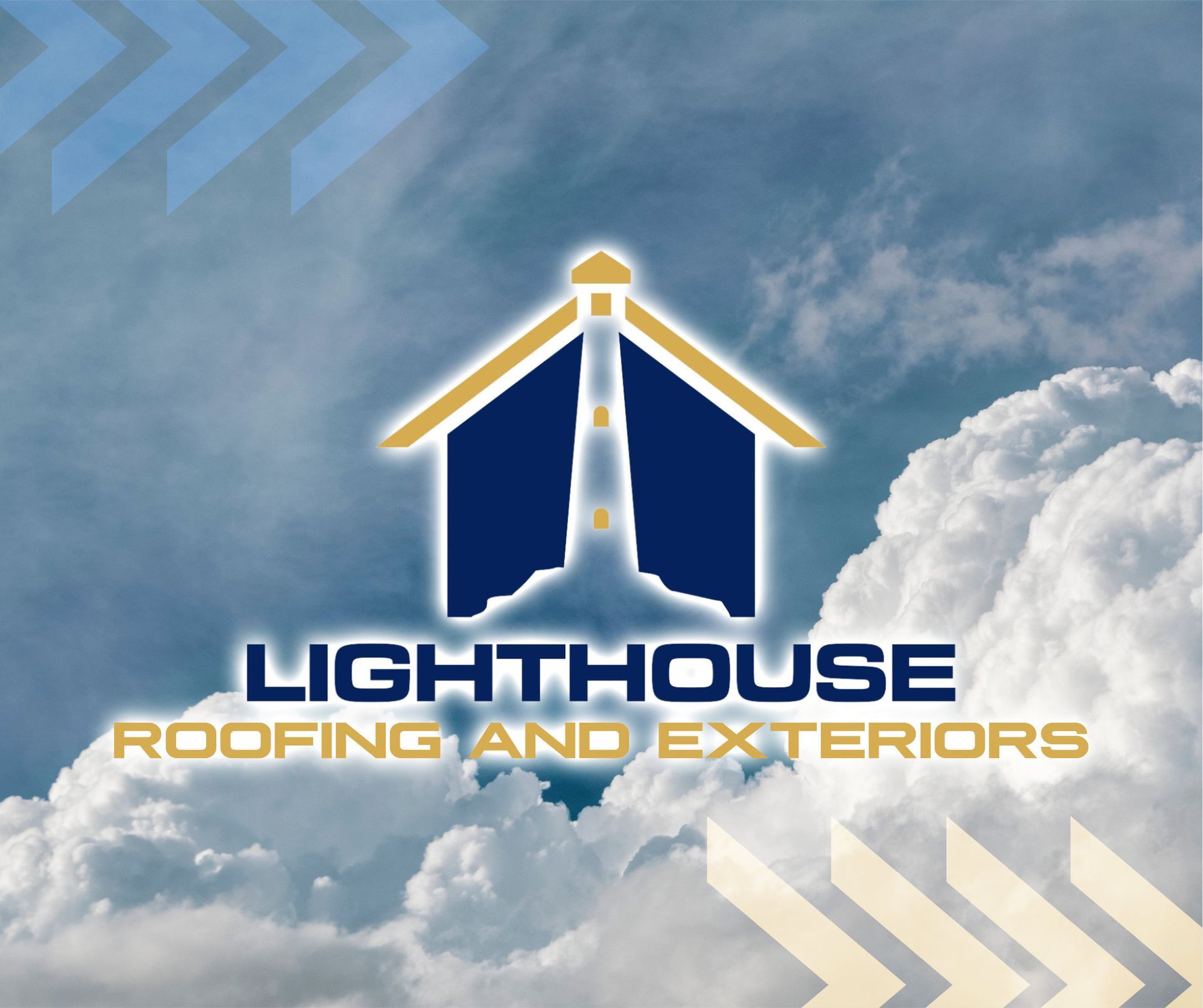
How Weather in Middle Tennessee Affects Your Roof’s Lifespan Middle Tennessee's climate presents a unique set of challenges for homeowners, particularly concerning the longevity of roofing systems. Understanding how local weather patterns impact your roof can help in making informed decisions about maintenance and replacements. Climate Challenges in Middle Tennessee Middle Tennessee experiences a humid subtropical climate characterized by: Hot Summers: Temperatures often soar into the 90s°F, leading to thermal expansion and contraction of roofing materials. Cold Winters: While not as severe as in northern regions, winter temperatures can drop below freezing, causing potential issues like ice dams. High Humidity: Elevated moisture levels can promote mold growth and deteriorate roofing materials over time. Severe Storms: The region is prone to thunderstorms, heavy rainfall, and occasional tornadoes, all of which can inflict significant damage on roofs. Impact on Roof Lifespan The combination of these weather conditions can accelerate the aging process of your roof: Thermal Stress: Repeated heating and cooling cause roofing materials to expand and contract, leading to cracks and structural weaknesses. Moisture Damage: Persistent humidity and precipitation can seep into cracks, promoting rot, mold, and mildew, which compromise the roof's integrity. Wind Damage: Strong winds from storms can lift shingles or cause debris to strike the roof, leading to immediate damage and reducing overall lifespan. Average Roof Lifespan in Tennessee The lifespan of a roof in Tennessee varies based on the materials used: Asphalt Shingles: Typically last 15 to 30 years. Architectural Shingles: Offer a longer lifespan, ranging from 25 to 30 years. Metal Roofs: Can endure for 40 to 70 years, depending on the specific material and maintenance. Tile and Slate Roofs: Known for their durability, these can last up to 50 years with proper maintenance. Roof Replacement Costs in Tennessee When considering a roof replacement, it's essential to factor in the costs associated with different materials: Asphalt Shingles: The average cost for a new asphalt shingle roof in Tennessee ranges from $10,000 to $14,000 for a standard 3-bedroom, 2-bathroom home. Architectural Shingles: These higher-quality shingles may increase the cost slightly, averaging around $15,000 to $20,000. Metal Roofs: The cost varies significantly based on the type of metal; for example, standing seam metal roofs can cost between $16.00 per square foot, while copper roofs range from $30.00 to $50.00 per square foot. Slate Roofs: These premium roofs are among the most expensive, with costs varying widely based on the specific materials and installation requirements. Mitigating Weather Effects To extend your roof's lifespan despite Middle Tennessee's challenging weather: Regular Inspections: Schedule professional inspections at least twice a year and after major storms to identify and address damage promptly. Proper Ventilation: Ensure your attic has adequate ventilation to reduce heat buildup and moisture accumulation. Quality Materials: Invest in high-quality, weather-resistant materials suitable for the local climate. Timely Repairs: Address minor issues immediately to prevent them from escalating into major problems. Conclusion Middle Tennessee's diverse weather conditions can significantly impact your roof's lifespan. By understanding these effects and investing in regular maintenance and quality materials, you can protect your home and maximize the longevity of your roofing system. For personalized advice and professional roofing services, consider consulting with local experts who understand the specific challenges posed by Middle Tennessee's climate. Cited Sources: Yellowhammer Roofing Daniel Hood Roofing Systems Smith Roofing Service Falcon Roofing Bill Ragan Roofing
